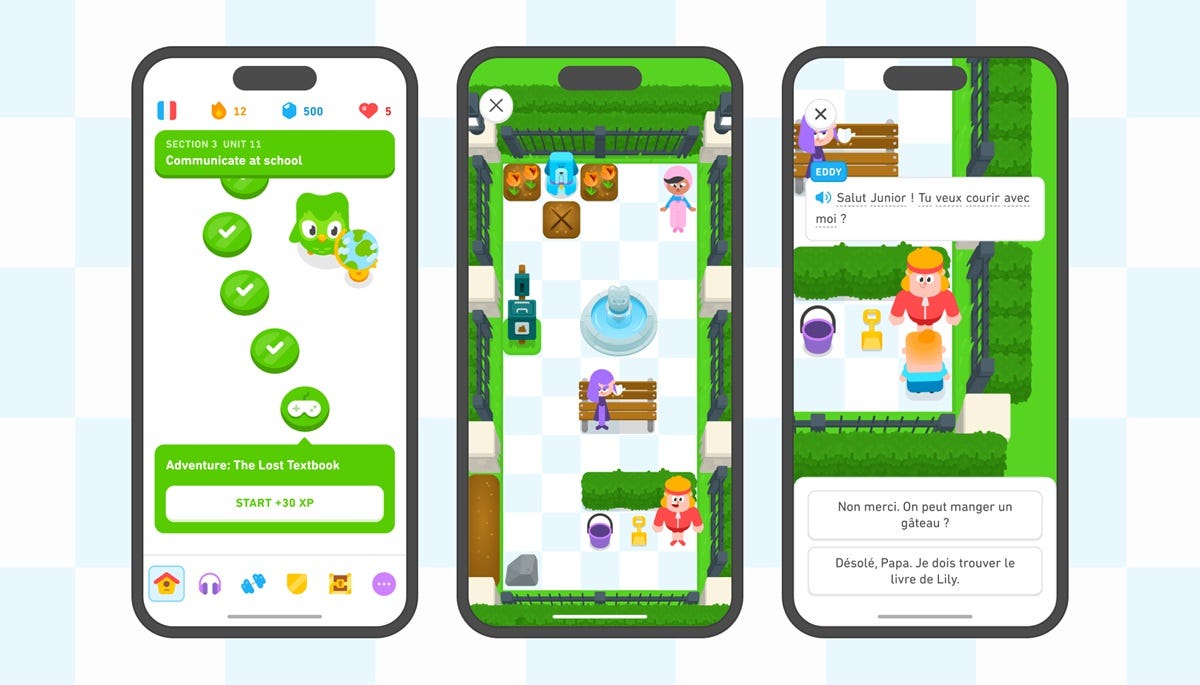
"You point at the menu and mumble "café, s'il vous plaît." Sound familiar? You're not alone. This gap between classroom fluency and real-world conversation has plagued language learners for decades. But in the past two years, a new breed of AI-powered tools is finally bridging that chasm - and the secret ingredient isn't better grammar engines or flashier gamification. It's context."
"What's changed? Large language models like GPT-4 have evolved beyond pattern recognition into genuine conversational intelligence. These chatbots don't just respond - they adapt, remember context, and adjust complexity on the fly. More importantly, they're finally doing what language teachers have known for years: the best way to learn a language is to use it in situations that mirror real life."
Many learners struggle to transfer classroom fluency to spontaneous real-world speech. New AI-powered tools create context-rich scenarios—video calls, VR chatbots, and everyday conversation simulators to simulate ordering coffee, checking into hotels, and navigating airports. Large language models like GPT-4 provide adaptive conversational intelligence that remembers context, adjusts complexity, and personalizes interactions. Research shows chatbot-assisted language learning yields a moderate positive effect (g = 0.484) over traditional methods. Effective scenario features include role-play, immediate corrective feedback, spaced repetition in context, multimodal immersion, and adaptive scaffolding. Context-driven practice increases usability and learner confidence in real conversations.
#scenario-based-learning #ai-powered-language-tools #large-language-models-llms #immersivevr-practice
Read at Medium
Unable to calculate read time
Collection
[
|
...
]